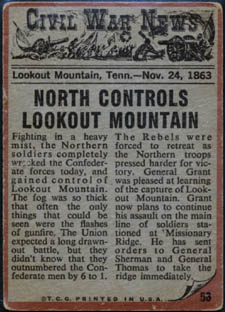Here’s an interesting take on an article: Writing about the writing on the war. It’s not the most in-depth or philosophical piece you’ll read this week, but for such a well-covered conflict, it’s important to study the sources. Historiography as history.
Americans seem to have an inexhaustible appetite for everything ever written on the bloodiest episode of our history in which more than 600,000 Americans died on both sides of the conflict over Union, states rights, and slavery. The latter part of the previous sentence has, itself, generated its own body of literature on the true meaning of the conflict. Many experts argued that the meaning or mission of the conflict changed over time as the blood flowed and the stakes rose astronomically. Others maintain that states rights were either a cover for the real issue, slave-holders’ rights, or so intertwined with it that they were essentially the same thing.
In 2006 Harry S. Stout, a Yale professor of American religious history, wrote a “moral history” of the Civil War, Upon the Altar of the Nation in which he utilized traditional principles of the just war doctrine to critique the conflagration less for the justice of its cause (jus ad bellum) than for its conduct (jus in bello). Stout viewed the war through the screens of proportionality and discrimination between combatants and non-combatants, finding it more akin to total, i.e., immoral, war, again, in its conduct rather than its cause.
http://spectator.org/archives/2011/12/29/reading-the-civil-war


